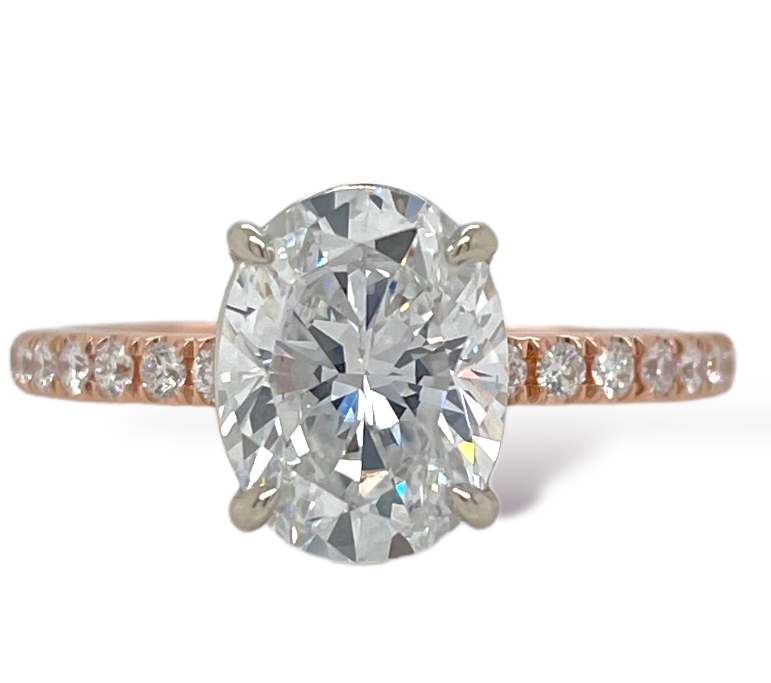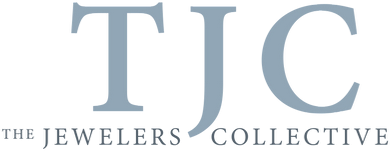The ABC's of the Natural Diamond Grading Report
Gail Bonaparte
The benefits of stocking diamonds with grading reports
Twenty-three years ago, I began working in NYC’s infamous Diamond District. Those were exciting times. Back then, only a small percentage of customers asked for a diamond grading report when purchasing a natural earth-mined diamond; a jeweler’s word on the diamond quality was satisfactory. Approximately fifteen years ago, a shift began to happen and “smart” customers were asking for diamonds with a diamond grading report. Those requests were mostly made by customers purchasing 1ct or larger, requesting a higher quality and combination of the 4 C’s.
Approximately ten years ago, another shift ushered in a “new normal” in the industry with the younger crowd especially wanting diamond reports for their engagement ring center stones. They were using the internet to do research on diamonds and came in the stores with their smart phones, questions, research on the 4 C’s. You would now be hard pressed to find someone who wants to buy a stone of over 1 carat unaccompanied by a grading report. Emily Bukucuyan from Pico Jewelry states that “no one questioned the various lab reports but 2 years later, no one wanted anything but GIA reports (Gemological Institute of America). Everyone does not have a machine to test lab grown diamonds, so the diamond report protects the store as well as the client.”
Why are diamond grading reports essential for your diamond inventory?
A grading report gives your diamonds “roots” and identity and allows the conversation with your customer to start with a level of trust about the diamonds that you are about to present. All precious things have paperwork to authenticate their rarity and uniqueness and your inventory should as well. Lab reports can help you to index, list, and organize your diamond inventory, and respond quickly to customer inquiries (in person, phone, or email).
The GIA diamond grading report is likened to your diamond’s birth certificate and tells you everything about your diamond, including origin (if requested). You have assurance of natural diamond vs lab grown. Treatments (laser drilled or fracture filled) are disclosed. The grading report can change the buying or selling negotiations, based on the desirability of the diamond’s 4 C’s and other characteristics.
How do I find a gemological lab and which ones are the best to use?
AGS – The American Gem Society (AGS) revolutionized the industry with its AGS Light Performance Cut Grade. After 27 years, AGS closed its laboratory in 2022 to focus on serving its membership through additional benefits and educational programming but their grading reports are still in circulation.
IGI – International Gemological Institute was established in 1975 and is one of the largest labs, with 20 locations worldwide. IGI operates 14 gemology schools and offers many services, including grading finished jewelry, natural diamonds, lab-grown diamonds, and gemstones.
GCAL – Gem Certification and Assurance Lab is located in NYC. Established in 2001, they will grade lab grown diamonds and issue cut grades for Oval and Princess cut diamonds, not currently recognized by GIA diamond grading standards but the research is underway.
GIA – GIA created the diamond, colored gemstone, and pearl grading system we accept and use today. Since 1931, GIA has been blazing the trail of research, instrument innovation and development, and gemological education. The grading reports are unbiased, consistent, and universally accepted as the leading authority in gemology. A grading report helps everyone involved to speak the same universal “gemology language” (the diamond dealer, wholesaler, diamond site holder, retailer, and customer) anywhere in the world and avoid confusion about the diamond’s 4 C’s. Each lab has its own niche in the industry, however, GIA is considered the platinum standard of gemological laboratories and the standard to which other labs strive to uphold because they created the diamond, colored gemstone, and pearl grading system we acknowledge and use today. Which lab would I personally recommend? You don’t need a microscope to zoom in on the answer…it’s GIA all the way!

Pico Jewelry
GIA Certified 2.08ct Oval
Diamond in rose gold
MSRP $38,000
picojewelry.com
212.921.8935



